
- 2 Min Read / Blog / 3.2.2020
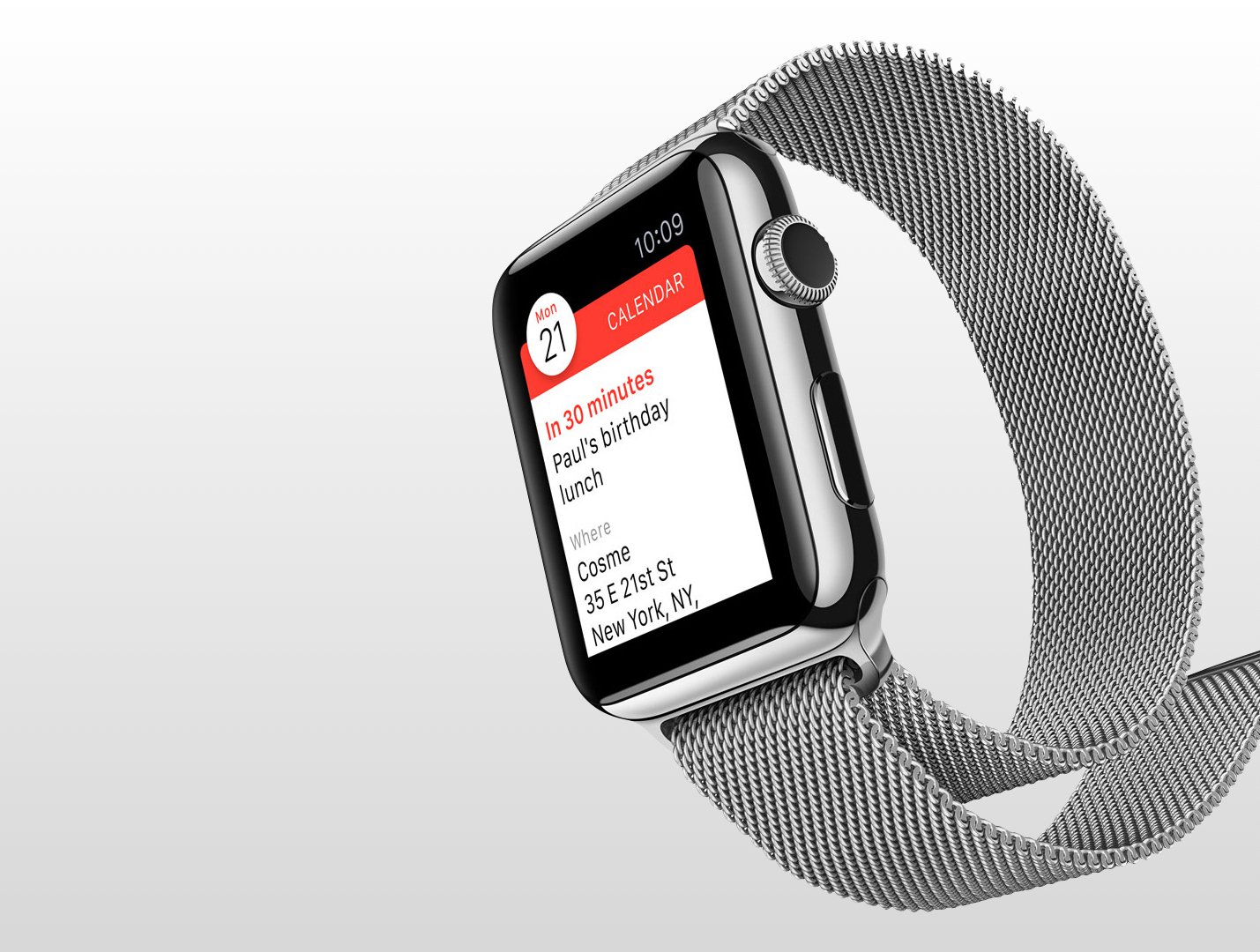
A Historical Timeline by Punchkick Interactive
![]()
According to Apple’s 2015 reports, the Apple Watch is the best-selling smartwatch to date. The device has already begun setting records as a new product line and solidifying the market for high-end wearables. Although this may be Apple’s first attempt at a wearable, other companies have been designing “Computer Watches” since the 1970s. Here’s a look at the history of smartwatches and how they have evolved, from Dick Tracy to watchOS.
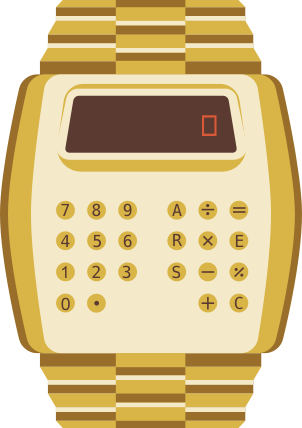
The Pulsar Module 1 was the first watch to feature a digital calculator interface, and is considered by many to be the first “Computer Watch.” Pulsar created the first-ever electronic digital display watch, released 3 years earlier, making the brand known for its foray into innovative LED design. At the time of its release, the 18-carat-gold–encased watch sold for $2,100. Unfortunately, the $12,200 inflated worth of this bad boy hasn’t stood the test of time.
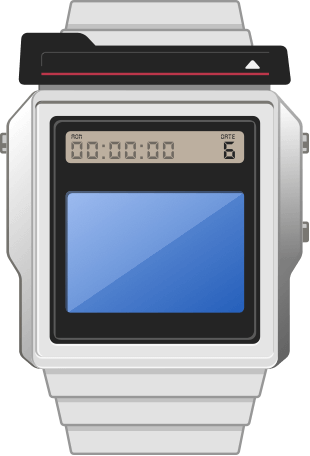
Seiko became known for its “computer watches” during the ’80s, after acquiring Pulsar in 1978. Seiko released the Seiko TV Watch in 1982, which had a built-in television screen. In 1984, it received the Guinness World Record for being the “Smallest TV Set in the world.” However, some sources say that the low-contrast LCD and poor resolution screen made watching “Golden Girls” extremely unpleasant.
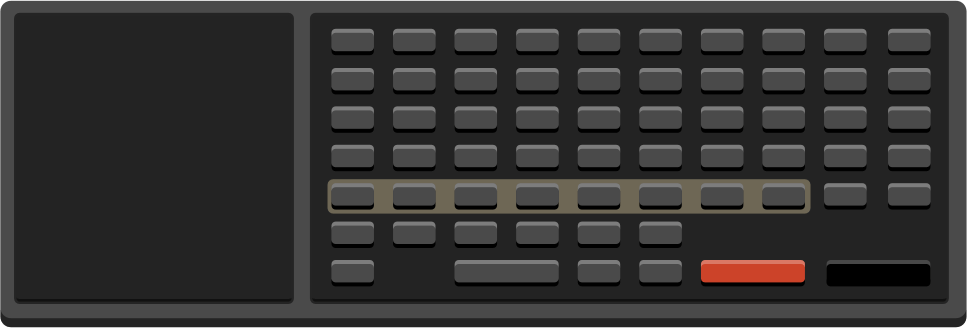
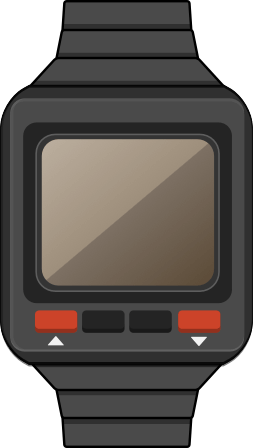
The Seiko Data 2000 was the first watch to have a keyboard for data entry, memos, and appointments. Although the keyboard was an external device, it used a magnetic wireless docking station to sync to the watch—and with the ability to store up to 2,000 characters, think of all the tweets you could compose! (Fourteen. It’s fourteen tweets.)
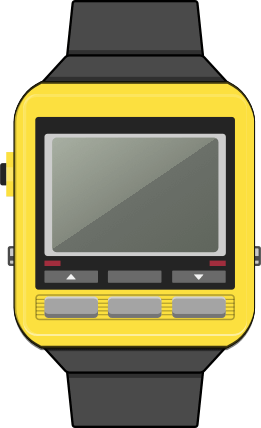
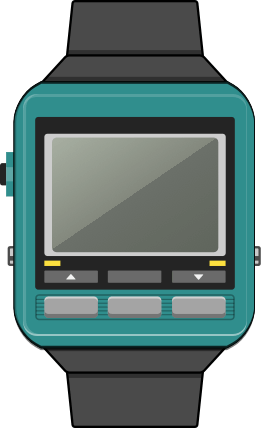
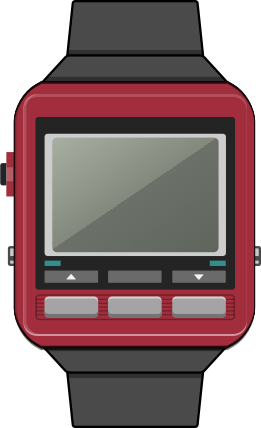
The Seiko RC-4500—marketed as the “WristMac”—was the first computer watch made specifically for Apple computers. The watch would connect to a Macintosh using a link cable to download contacts, create calendars, and set alarms. Coming in three fun colors, was this portable device the true predecessor to 2004’s iPod Mini? Probably not.
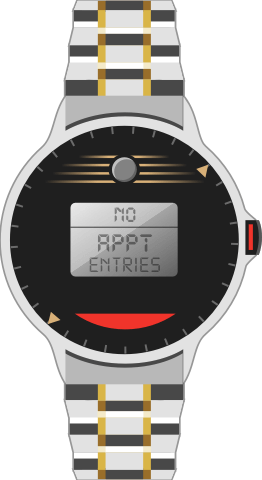
The Timex Data-Link was a collaboration between Timex and Microsoft. This device allowed users to input appointments, phone numbers, and notes wirelessly through a computer interface. The interface transferred information to the watch by flashing data optically through the computer screen. Sadly, this revolutionary software crashed after the infamous Y2K dilemma. No, really.
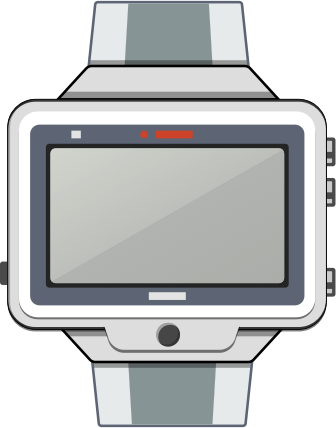
Up until the late ’90s, most computer watches used a dot-matrix method for displaying characters. The Seiko Ruputer was one of the first watches to feature a full graphical interface with a 102×64 pixel LCD screen. Nicknamed the “OnHand PC,” the watch’s interface contained iconography and navigation paradigms that resemble the mobile UI we see today. That aside, the Ruputer was a commercial failure due to the awkward user experience and relatively short battery life of 30 hours. (Today, 30-hour battery life is an item on many iPhone users’ wish lists.)
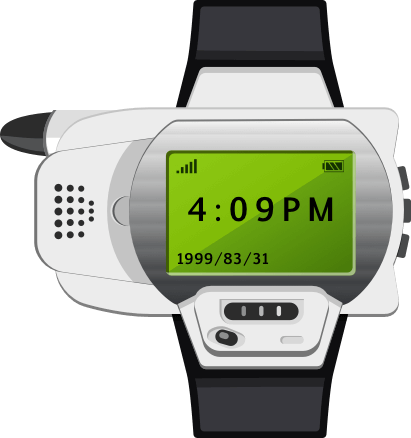
Nicknamed “Dick Tracy’s Watch,” the Samsung SPH-WP10 was the first watch that could send and receive phone calls. It also featured voice controls, but these were spotty at best. Essentially a bare-bones cellular phone attached to a watchband, the device did not perform as well as the record-breaking Nokia 3210, which was released the same year and introduced T9 text messaging. LOL.
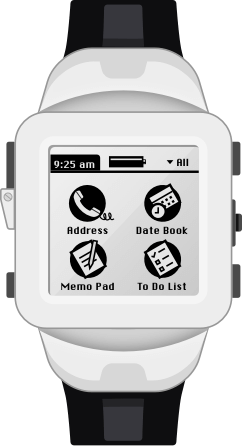
We all remember the PDA craze that began in 1996 with the original personal data assistant, the Palm Pilot. After Palm’s successful launch and 4 years of development, the Fossil Wrist PDA was released. Priced at $250, the device ran Palm OS and was of the first to have relatively forward-thinking features like a touchscreen display and backlit screen. Upon initial launch, it was called “revolutionary” for its ability to run a variety of programs. It’s too bad the device was quickly marked as a failure because of its clunky design and heavy hardware.
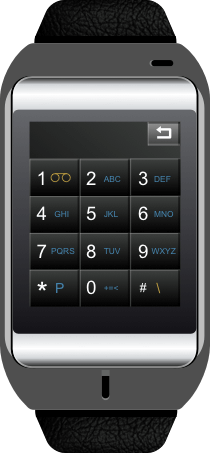
With the release of the Apple Watch earlier this year, it’s hard to believe that modern smartwatches have been available for six years already. The Samsung S9110 was the first watch to include features that we associate with the smartwatches of today, such as full-color touchscreen display, Bluetooth connectivity, a music player, and voice recognition features. This is also the predecessor to Galaxy Gear series, which run on Samsung’s Tizen OS and Android Wear.

Beginning in 2012, the Pebble initially gained fame through a crowdfunding Kickstarter campaign that aimed to raise just enough funds to produce the product—the campaign was wildly successful and raised over ten million dollars. The Pebble was ready for launch by mid-2013 and sold out within a mere five days. The Pebble was the first smartwatch to feature an open SDK for developers to create original apps, available online in Pebble’s app store. The device also includes many features we consider to be standard on other smart devices, such as notifications, activity tracking, and connected home control. Launching at a retail price of only $89, the device was a commercial success, selling its one millionth watch before the end of 2014. Finally, a device praised for its sleek design and intuitive UX!
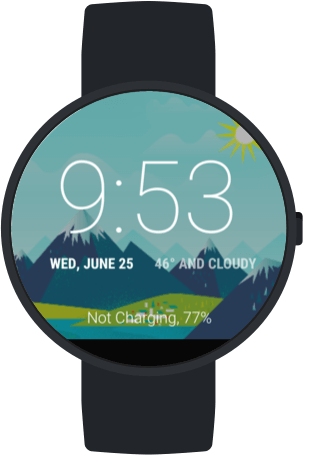
The Moto 360 was one of the first watches launched running Android Wear in 2014. However, many of its Android Wear contemporaries like the Samsung Gear Live and LG G Watch were criticized for their unimaginative and awkward designs. The Moto 360 was praised for being the first smartwatch to feature a circular design and a user interface optimized for it round display, making it feel more like a classic timepiece and not only a piece of technology. Moto 360 is very likely the first smartwatch many of us would want to wear.
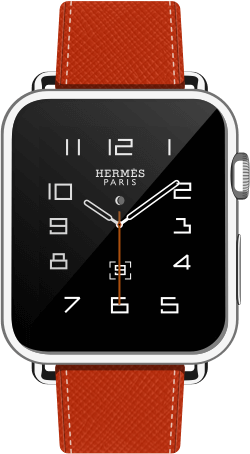
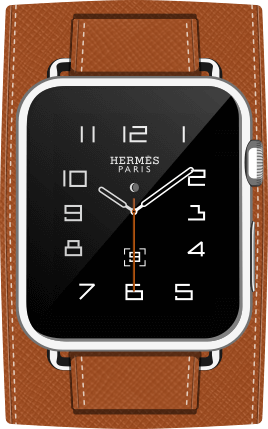
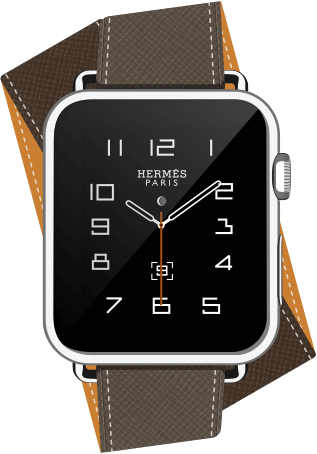
With a highly anticipated launch in 2015, the original Apple Watch has quickly become the bestselling smartwatch in the world. On the heels of Apple’s extremely high-end Apple Watch Edition (priced between $10,000–$17,000), the fall collection for Apple Watch includes a premium band option in collaboration with French luxury retailer Hermès. Apple Watch Hermès features a set of three signature bands and complementary custom watchfaces and launched in October at a starting price of $1,100.
The dream of smartwatches has been a cultural fascination for decades, but only in recent years has technology been able to live up to our imaginations. What made watch users in the 1970s feel like Dick Tracy seems like a primitive trinket in hindsight, and we watch1_packedcan hardly imagine where 40 more years of innovation will take us. As industry titans like Google and Apple continue to evolve their smartwatch platforms to be more and more capable and sophisticated, it seems increasingly obvious that the future of mobile experiences will be less often in our pockets and more often on our wrists.
![]()